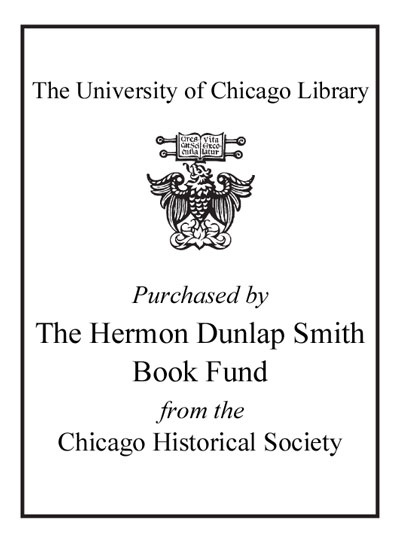Classic Maya polities of the Southern Lowlands : integration, interaction, dissolution /
Saved in:
| Imprint: | Boulder : University Press of Colorado, [2015] |
|---|---|
| Description: | vi, 285 pages : illustrations, maps, charts ; 24 cm |
| Language: | English |
| Subject: | |
| Format: | Print Book |
| URL for this record: | http://pi.lib.uchicago.edu/1001/cat/bib/10448000 |
| Other authors / contributors: | Marken, Damien B., 1977- editor. Fitzsimmons, James L., editor. |
|---|---|
| ISBN: | 9781607324126 1607324121 9781607324133 |
| Notes: | Includes bibliographical references and index. |
| Summary: | "Classic Maya Polities of the Southern Lowlands investigates Maya political and social structure in the southern lowlands, assessing, comparing, and interpreting the wide variation in Classic period Maya polity and city composition, development, and integration. Traditionally, discussions of Classic Maya political organization have been dominated by the debate over whether Maya polities were centralized or decentralized. With new, largely unpublished data from several recent archaeological projects, this book examines the premises, strengths, and weaknesses of these two perspectives before moving beyond this long-standing debate and into different territory. The volume examines the articulations of the various social and spatial components of Maya polity--the relationships, strategies, and practices that bound households, communities, institutions, and dynasties into enduring (or short-lived) political entities. By emphasizing the internal negotiation of polity, the contributions provide an important foundation for a more holistic understanding of how political organization functioned in the Classic period. Contributors include Francisco Estrada Belli, James L. Fitzsimmons, Sarah E. Jackson, Caleb Kestle, Brigitte Kovacevich, Allan Maca, Damien B. Marken, James Meierhoff, Timothy Murtha, Cynthia Robin, Alexandre Tokovinine, and Andrew Wyatt"-- "Discussions of Classic Maya political organization have been dominated by debate over whether it was centralized or decentralized. This book examines the premises, strengths, and weaknesses of these two perspectives while leading a longstanding debate into new territory and providing a more complete comprehension"--Provided by publisher. |

Similar Items
-
Classic Maya polities of the southern lowlands : integration, interaction, dissolution /
Published: (2015) -
Los Mayas : su tiempo antiguo /
Published: (1996) -
Ancient Maya civilization /
by: Hammond, Norman
Published: (1982) -
The ancient Maya /
by: Morley, Sylvanus Griswold, 1883-1948
Published: (1994) -
Ancient Maya : political economies /
Published: (2002)
